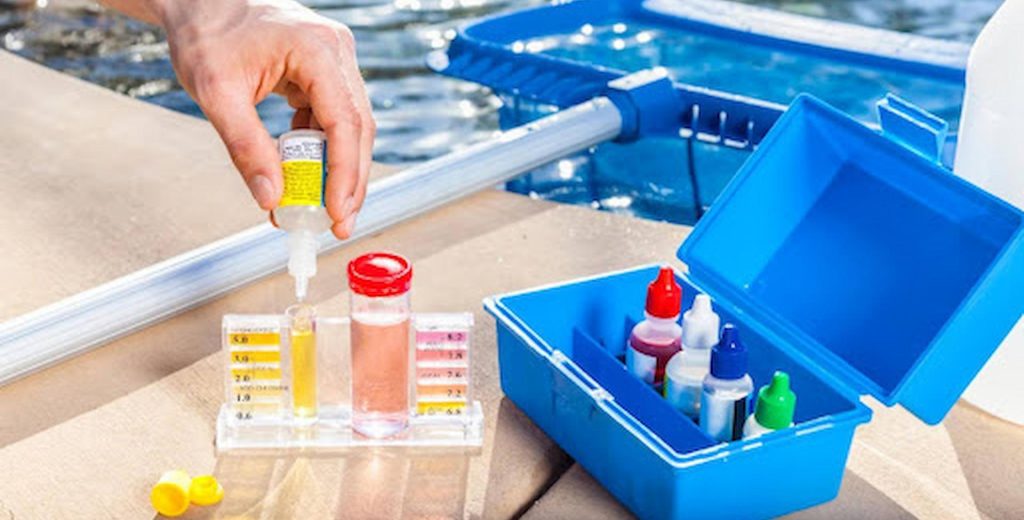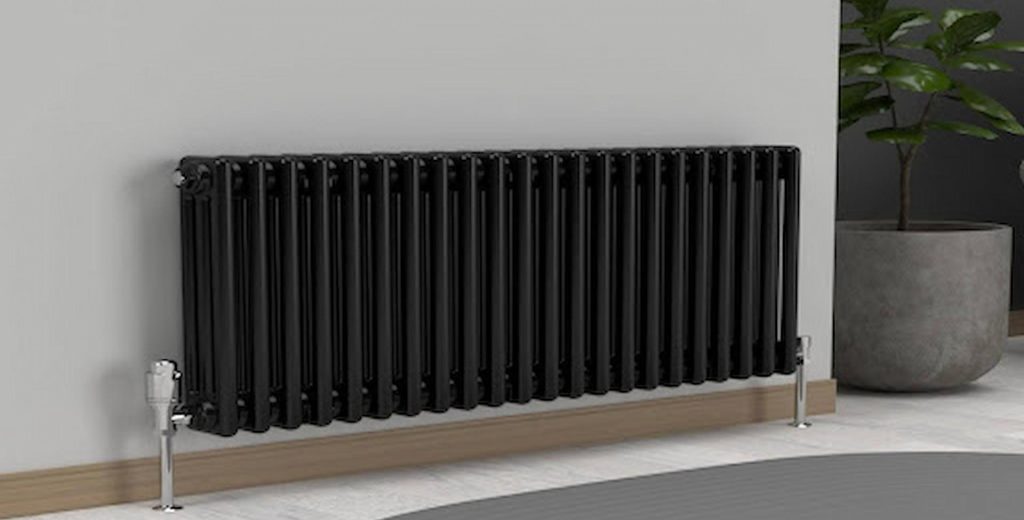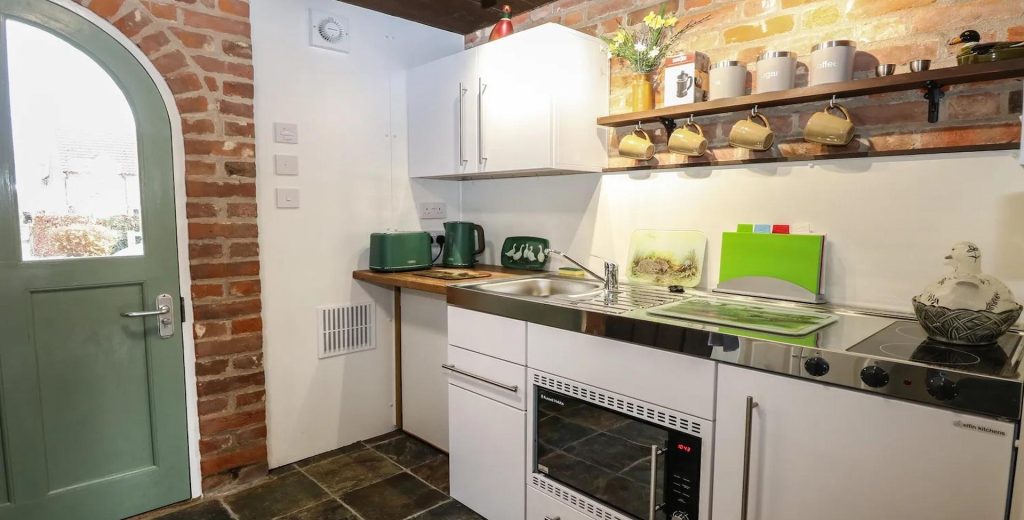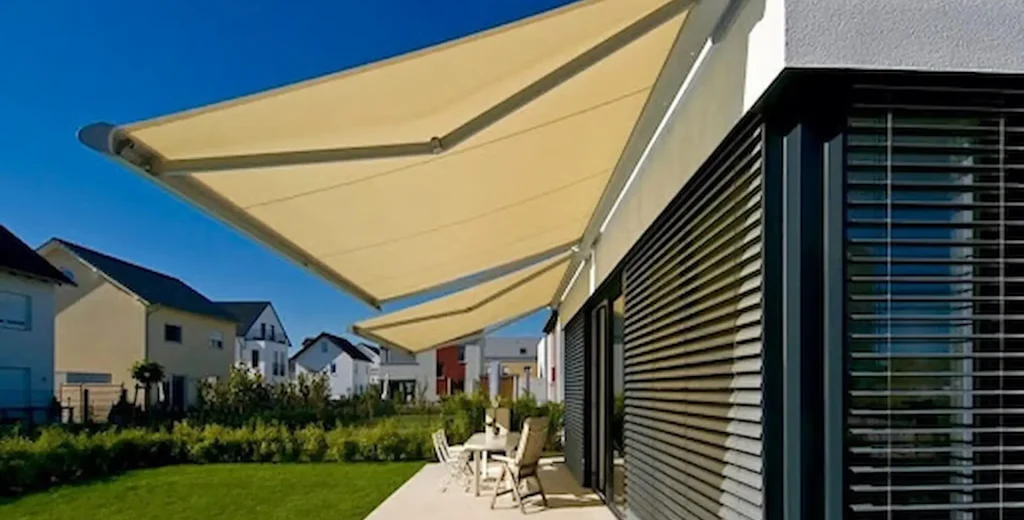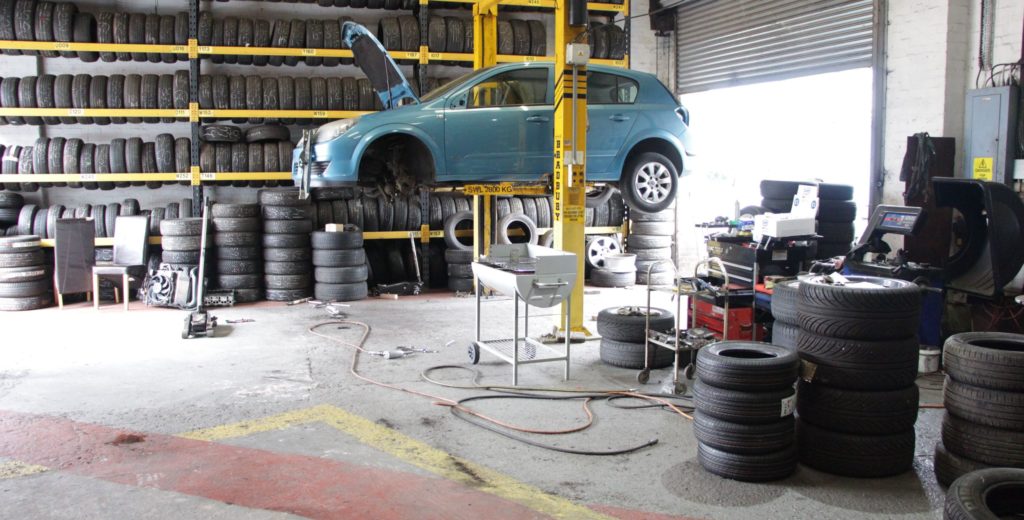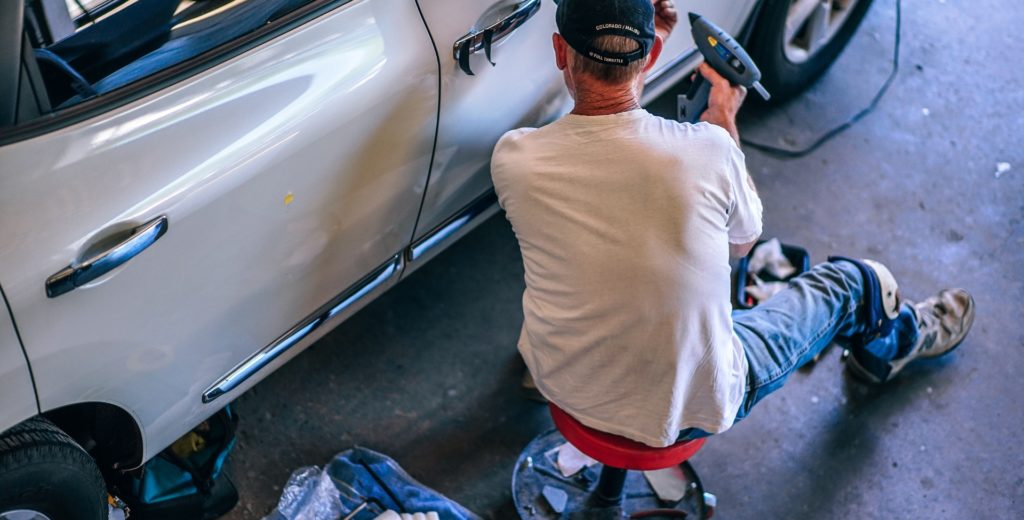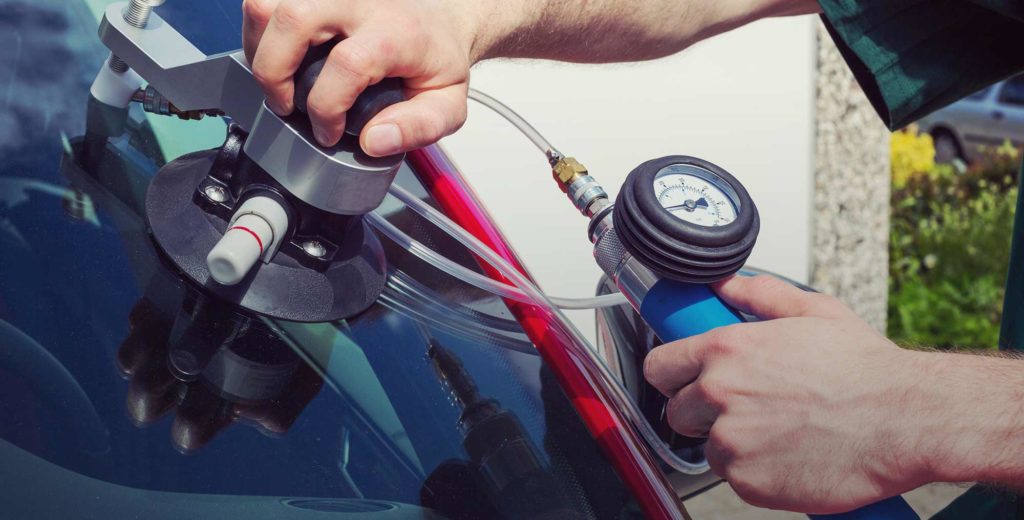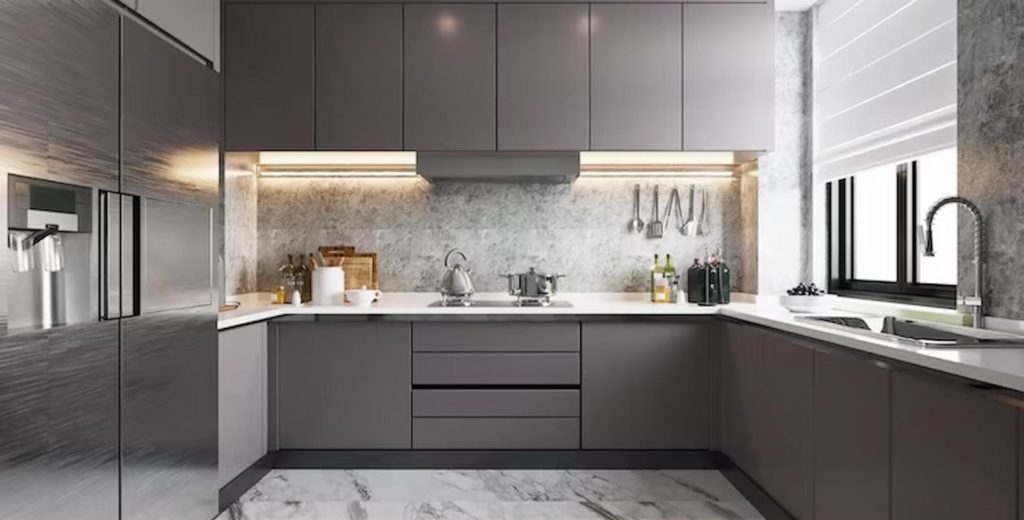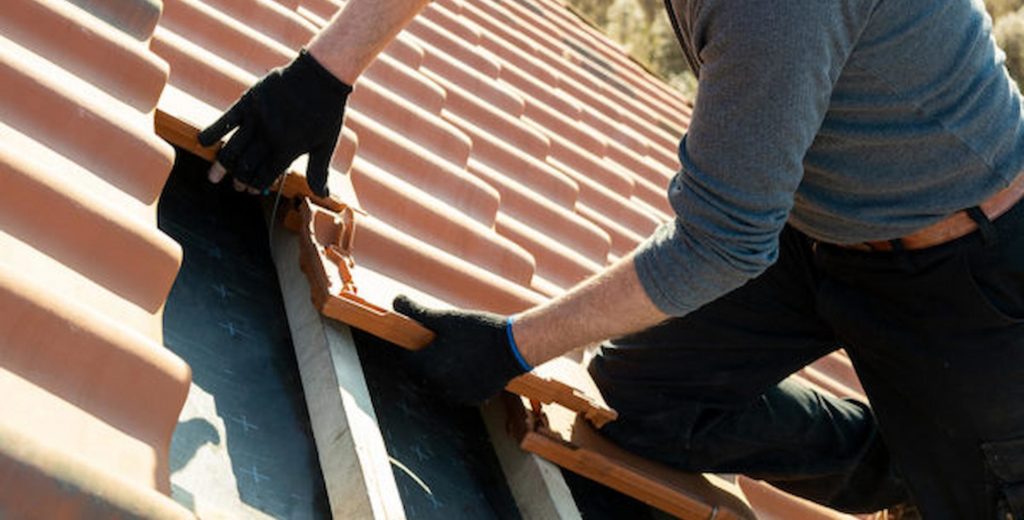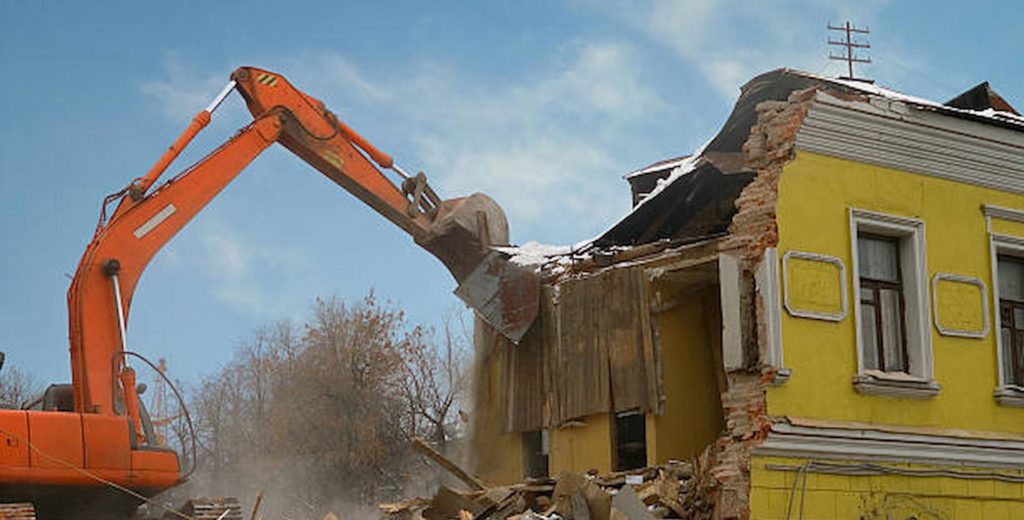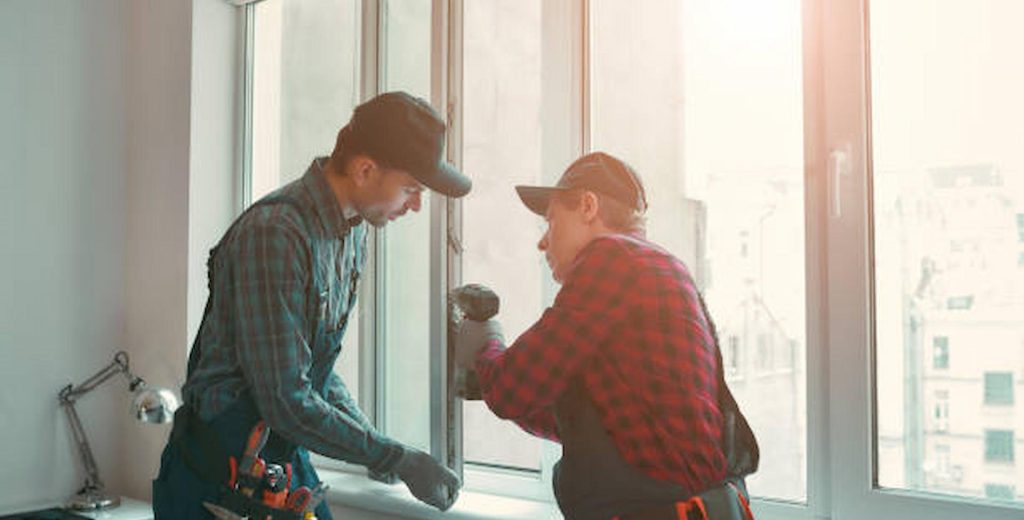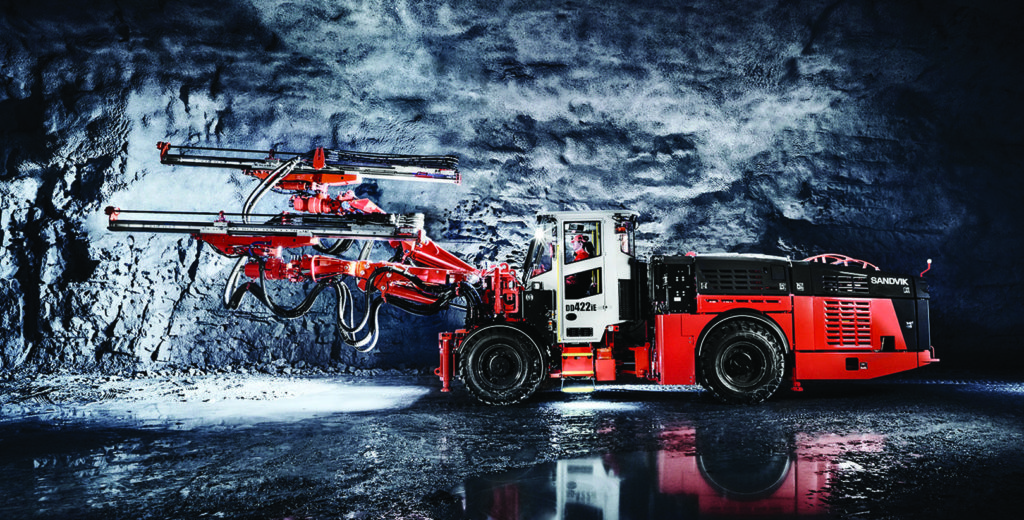Entertainment
View AllPornography As A Profession
Pornography is existent as a huge and expanded industry for decades. It is not a…
Health & Fitness
View allFinance
View AllBuilding Credit with a £1000 Loan: Tips and Strategies
In today's financial landscape, establishing and improving your credit score is crucial for accessing better…
Privileged insights of Computerized Financial planning with Demat Records
Now that you havе a strong groundwork in thе basics, lеt's uncovеr thе sеcrеts that…
Reality of Loans for Bad Credit: Dispelling Myths
When life throws unexpected financial challenges, we often turn to loans for assistance. Whether it's…
Your Quick Handbook To Picking Australia’s Top Insurance Brokers For Business
It's exciting to launch a new business, but doing so requires a lot of work,…
Home Garden
View AllJournal
View AllPhotography
View AllWhat Are The Ideal Ways To Use Drone In Photography And Cinematography?
Have you been wondering how drones are used by photographers and cinematographers? Drone videography has…
Recent Posts
3 Benefits of a Self-Contained Mini Kitchen
When faced with a small kitchen area, you can either work with it and install…
Enhance Your Outdoor Living Space with Stylish House Awnings
You can transform your outdoor areas into stunning, functional living spaces with stylish house awnings.…
Why Bookkeeping Is Key to Long-Term Business Growth
Running a business is like navigating uncharted waters—that is, exciting but very unpredictable." A course…
The Evolution of Takeaway Coffee Cups: From Styrofoam to Sustainability
Takeaway coffee cups have come a long way—from Styrofoam convenience to eco-friendly innovations. Explore their…

















